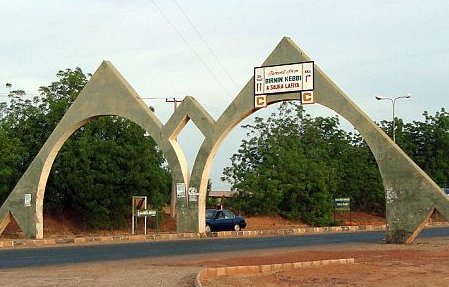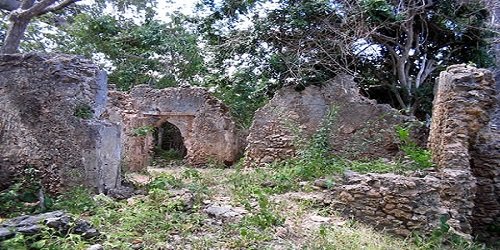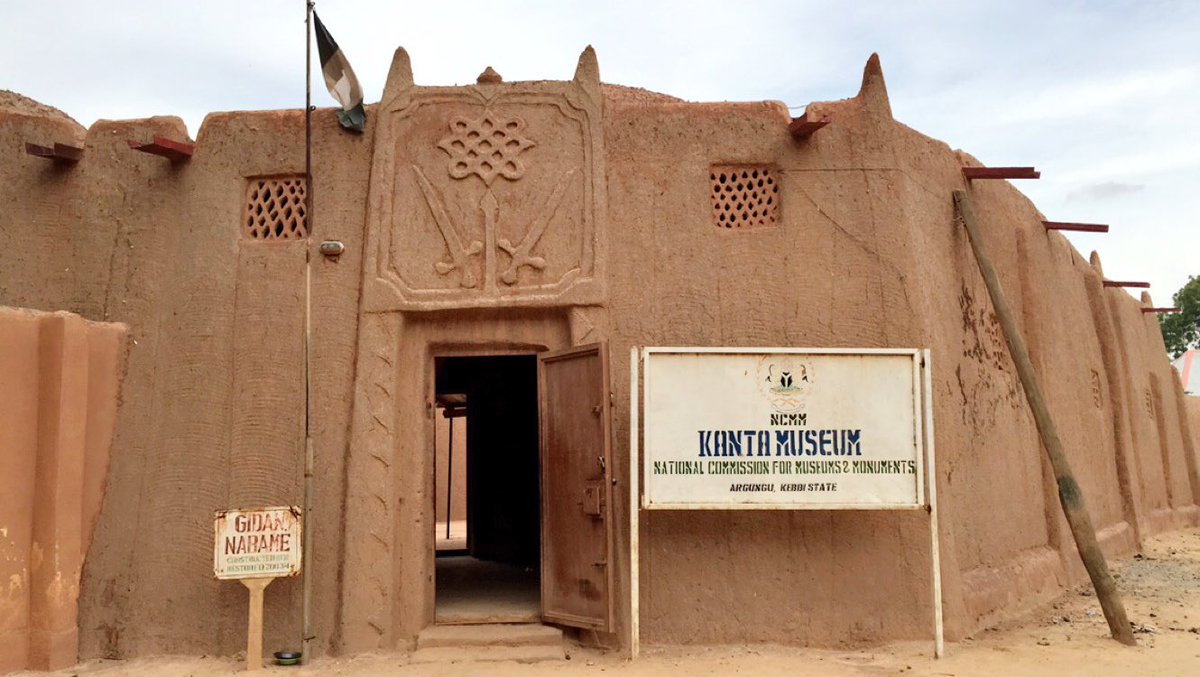Birnin Kebbi, the present-day capital of Kebbi State in northwestern Nigeria, was originally settled by an ethnic Hausa subgroup known as the Kabawa. However, its fortunes changed when it was overrun by the empire builder, Mohammed Koral Kanta, founder of the Kebbi kingdom, in the second decade of the 16th century, some 400 years ago.
Amid a prolonged succession crisis following his demise, one of Kanta’s successors moved the capital of the Kebbi kingdom from Surame, about 90 kilometers to the northeast, to Birnin Kebbi in 1700.
The new Kebbi capital was sacked and burnt in 1805 by jihadists led by Uthman dan Fodio and it became part of the Sokoto Caliphate under the Emirate of Gwandu.
Relegated to the status of a provincial town for many decades afterwards, Birnin Kebbi became a state capital in 1991, when Kebbi state was carved out of the old Sokoto state.

Economic Activities
Located on a bend on the Sokoto River, Birnin Kebbi had always been a notable riverport and market. Produce including rice, sorghum, millet, beans, tobacco, cotton, groundnuts (peanuts), livestock, hides and skins are brought to the city in large numbers for onward shipment to far-flung places.
Birnin Kebbi has direct road access to three towns including Jega, some 40 kilometers to the southeast; Bunza, which is 50 kilometres to the southwest; and Argungu, located 43 kilometers northeast. It’s a sleepy, quiet city largely populated by civil servants, traders and farmers. Birnin Kebbi is the location for a rice research institute as well as a tertiary institution known as Birnin Kebbi Polytechnic. Most of its inhabitants are Hausa and Fulani Muslims, but there also significant populations of ethnic Igbo and Yoruba traders and people from other parts of Nigeria.
Weather and Topography
Birnin Kebbi, like most of Nigeria, is under the influence of the north-southerly winds from across the Sahara Desert and the south-northerly winds from the south Atlantic, with differing effects depending on location. The two wind systems are responsible for the the dry season, which lasts in Birnin Kebbi from November to April, and the wet season, fuelled by Atlantic winds and lasting from May to September.
The lowest temperatures of 20-21 degrees Celsius are recorded overnight between December and February, giving way to high temperatures reaching 38-40 degrees in April and May.

Places of interest In its role as a state capital, Birnin Kebbi is a hub for administering an area that falls within what was mostly part of the ancient Kebbi kingdom. With many hotels and important urban amenities available, many visitors use it as a base to explore parts of Kebbi state and beyond, which are accessible by road.
A major place of interest is the Mohammed Kanta Museum located in Argungu, about 55 kilometers to the northeast. The building, which dates from 1831, was originally the emir’s palace. It was made a museum in 1958 and retains the original, traditional aesthetics of art, craft and architecture. All the exhibits reflect aspects of the culture and history of the people of the ancient Kebbi Kingdom.
Argungu is also the location of a famous fishing festival. The Argungu fishing festival is one of the most spectacular cultural events in Nigeria. It’s origins predate the 16th-century reign of Kanta. It was part of the traditional religious rites to venerate the river for its bounties of fish and pray for bigger catches. Under Kanta’s rule the rites were observed over four days marked as Gyaran Ruwa, or purification of the waters, Fashin Ruwa, or opening up of the river for fishing, Gyaran Gari, the purification of the town, and the final day of Shan Kabawa and Fura, a ritual for the appeasement of the land to yield better crop harvests.
It later changed with Usman Dan Fodio’s jihad in the early 19th century that saw him overrun the Kebbi kingdom and the imposition of Islam. While still a four-day festival today built around the main fishing event, the traditional religious rites have been put aside. Yet it remains a major tourist draw, pulling visitors from abroad and from all over the country.
Another site of tourist interest is the ruins at Surame City, the original capital of the Kebbi Kingdom built by Kanta. It was protected by stonewalls covering an area of 19 km sq, with gates linking the outside world and the interior of the kingdom. Kanta had built the city, which contained his palace, as a defensive rampart against the Songhai Empire, which was expansionist at the time.
Another attraction is the Uhola Festival, which holds in the Zuru Emirate annually, part of post-harvest celebrations by the Zuru ethnic group, when teenage boys are initiated into manhood and teenage girls into womanhood. The three-day festival is laced with music, dancing, traditional drama and wrestling championships.
Visitors also go to town of Gwandu to visit to the tomb of Abdullahi Fodio, the brother of Uthman dan Fodio, the founder of the Sokoto Caliphate. Abdullahi had led the army of jihadists that overran the Kebbi Kingdom.
There’s also the Alwasa battle ground, near Argungu, where a succession of battles were fought between indigenous Kabawa and the Fulani invaders in 1807, and the Yelwa Museum, in Yelwa, where artefacts and other objects depicting the history and culture of the area are kept.

